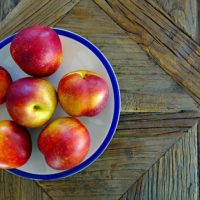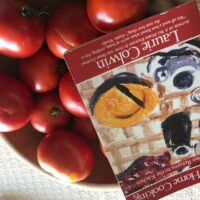A Little Secret
This may come as quite a shocker.
People in the health and fitness industry sometimes fall off the health and fitness wagon.
Yep, it happens.
Some “fall-offs” I’ve recently learned about:
- Several fitness instructors found themselves overindulging in wine during the Covid lockdown.
- Another fitness guru stopped teaching yoga and working out (Covid related) and is having a really tough time getting back in the groove.
- And yet another trainer/coach ravenously eats whatever is in the fridge when playing video games at night.
- Oh, and one more. You’ll love this: mindless snacking on chips and sweets.

Can you relate with any of these? Are you surprised?
We KNOW BETTER! We help others overcome challenges, and yet…
…we all have our struggles.
I’ve admitted to occasional emotional ice cream eating.
None of us are perfect, yet we think others have it all together all the time.
They don’t. Not even the health and fitness professionals.
As you practice living your desired life, remember that one key element to creating good habits and having them stick is doing them most of the time. 100% is an ideal that will ultimately bring you down.
The 100% thinking can do you a real disservice. One missed session at the gym or overindulgence of pizza will make you feel bad. Get over it and move on. Most of the time is a winning option.
So, what are those fitness folks doing to get back on track?
One solution is to change the environmental cues that trigger a certain behavior.
The video game player is rearranging the fridge so the first thing he sees is cut up veggies or fruit. This puts distance between him and more enticing foods that are better for daytime.
The chip and sweet eater knows that having those foods in the house is a BAD idea. Replacing them with healthier options that she can grab when the munchies strike is key to creating a habit that makes her feel good.
The wine people didn’t like how they felt, so that was the impetus to discontinue the nightly habit. Also, getting out of the house was the distraction that changed the environment.
The yoga teacher has scheduled workouts in her calendar, so it looks hopeful. 
Whatever it is you’d like to work on, begin by making a plan that’s EASY so that you set yourself up for success.
Small daily wins add up to a life of a champion.
FUN OFFER: I sometimes do Zoom kitchen coaching sessions. In the past we’ve made tomato pie and baked a cake. What would YOU like to make during a future session? Send me an email with your idea and I’ll gift you with a 50-minute coaching call to help set you up for success around ONE habit you’d like to change.
Cheers to you,
Carol
“Success is the product of daily habits—not once-in-a-lifetime transformations.”—James Clear, “Atomic Habits”








